 By Rabbi Yair Hoffman for the Five Towns Jewish Times
By Rabbi Yair Hoffman for the Five Towns Jewish Times
She was America’s rebbetzin, America’s mother, America’s bubby. Indeed, if there is royalty in America, Rebbetzin Esther Jungreis was queen.
Somehow, everyone knew her. Everyone respected her. Everyone loved her. Unaffiliated Jews. Reform Jews. Conservative Jews. IDF soldiers. American soldiers. Bais Yaakov girls. Presidents. Prime ministers.
A love for Judaism burned deeply inside Rebbetzin Jungreis, and she channeled that love to inspire hundreds of thousands of people toward Torah and mitzvos. She started the first ba’al teshuvah revolution, bringing Jews to Hashem. She was an adviser and loving mother to tens of thousands.
When she arrived on the shores of this country, she was a frightened young girl, just liberated from a Nazi concentration camp. Eventually she became an inspiring leader and teacher of Judaism, accompanying the president of the United States to Israel, addressing the U.S. armed forces and the IDF, leading outreach seminars in Madison Square Garden.
Who was this remarkable woman, and where did she come from?
Rebbetzin Jungreis was born in 1936 in Szeged, Hungary. At the time, it was a city of approximately 5,000 Jewish residents. Szeged, located in the middle of the Carpathian Basin, is the third-largest city in Hungary and located on its southern border.
A liberal city, Szeged was home to Neolog Judaism, tantamount to Reform Judaism. Rebbetzin Jungreis’s father, Rav Avrohom HaLevi Jungreis, zt’l, came to the city to do what the Rebbetzin would best be known for: kiruv. He built a shul and, slowly but surely, built a religious community. Rav Jungreis was Szeged’s beloved chief rabbi. He welcomed everyone to the shul—Neologs, the unaffiliated, and the more traditional as well.
Hungary was aligned with Nazi Germany, and Szeged’s young Jewish men were taken away to help the Nazi war effort. Somehow Rabbi Jungreis and his young daughter Esther would go to see these young men, bearing messages of hope as well as medicine—sewn into her coat—to distribute as needed.
Initially, the gentiles of Szeged were very tolerant toward its Jews. This changed when the Horthy regime came into power. The Jungreis family experienced an anti-Semitism that they had not seen before among the townspeople. Then on March 19, 1944, the Nazis occupied the city.
Soon, a Jewish ghetto was created. Food was scarce. Destruction was in the air. But Rav Jungreis was there for his brethren. He advised. He comforted. And he set an example for the young Esther Jungreis.
In June 1944, there were two transports from Szeged. The Jungreis family was deported. In the concentration camp of Bergen-Belsen, Rabbi Jungreis somehow was able to procure a shofar. Many years later, Rebbetzin Jungreis would see that very shofar, while lecturing in Neve Aliza in Eretz Yisrael. Another rav, who together with Rav Jungreis had helped procure that shofar, had saved it.
In America
After liberation, the Jungreis family arrived in 1947 and settled in a small basement apartment in East Flatbush. There her father continued his kiruv efforts. He enlisted young Esther to invite children to play and to welcome them to their Shabbos table. He gave out candies and cookies that his wife had baked and taught them to make berachos. Her father eventually built a shul and a yeshiva in Canarsie.
The young future rebbetzin married an orphaned third cousin who also was part of the she’eiris ha’pleitah, Rav Meshulem HaLevi Jungreis, zt’l. The newly married Rabbi Jungreis took a position as a rav in Paterson, New Jersey. Eventually the couple settled in North Woodmere, New York, where Rav Jungreis became the rav of Ohr Torah.
The Hineni Movement
Although the information shocks many people now, the Rebbetzin consulted with Rav Yoel Teitelbaum, the Satmar Rebbe, zt’l, who advised her to go ahead and form her Hineni kiruv movement in 1973. (It is a fact. No Satmar Rebbe, no Hineni.)
The Rebbetzin genuinely believed that the Torah was everyone’s heritage. She stoked the pintele Yid of virtually everyone she met into a raging fire of Torah and Yiddishkeit. She exuded a youthful, non-judgmental attitude to relating to others that struck all she came in contact with as remarkably genuine.
The Rebbetzin gave classes, ran Shabbatons and seminars, and kept in touch with those she met. She built the Hineni movement into a kiruv force on the map of America. Her lessons and lectures were simultaneously inspiring and deep. She had an uncanny ability to find the most inspiring passages in a meforash and use it to bring others to avodas Hashem. She wove themes together better than any homiletics professor. But Hineni was no mere organization—it was filled with warm, caring people who gave individualized advice and love. Her children joined here at her side as well, and together they served Klal Yisrael.
Kiruv Krovim
The Rebbetzin also inspired the krovim as well. She spoke at Bais Yaakov schools, inspiring thousands of Bais Yaakov students. Every Shabbos before Rosh Chodesh she would speak at the Agudas Yisroel of Long Island and impact even more people.
Her husband tragically passed away at a young age. And yet she persevered in her efforts and raised a family too. She had witnessed the destruction of her people in the concentration camps during the Holocaust, yet she was not bitter. Somehow the experience shaped her and focused her on her life’s mission.
Rebbetzin Jungreis wrote a remarkably well-received advice column in the Jewish Press which touched countless people. People who were completely secular recognized how vastly superior her advice was to the secular advice columns. The columns too were a remarkable kiruv tool.
The Rebbetzin created facts on the ground. She spoke to IDF soldiers and was an effective kiruv force. She did what army rabbis could not do. There are thousands of children of people whom she has brought under the wings of Torah. Yeshiva students, young men in kollel, families in Manhattan, in Eretz Yisrael, across the nation—all came to a world of Torah and mitzvos through her.
The Rebbetzin authored several inspiring bestsellers, including The Jewish Soul on Fire, The Committed Life, The Committed Marriage, and Life Is a Test. The Committed Life is such a remarkable book that rabbis in kiruv own several copies to give out to others. This author knows of several people who came to Yiddishkeit primarily from reading this book.
Her grandson, visiting her on an erev Shabbos, once inquired why she was so tired. The answer he got was shocking, but gives a glimpse of who this person was. The Rebbetzin gave shiurim every Thursday evening. After the shiur, she would sit and meet with people, advising them and giving chizuk. When would she return home? She would get back at 6 in the morning. This was a woman in her late seventies!
The Rebbetzin enriched lives with her enthusiasm for life. She consoled in ways that others could not. Her love and her smile touched everyone’s soul; always speaking from her heart, she drew people toward her.
Rebbetzin Jungreis’s love for her family was also remarkable. She would tell her grandchildren not to knock on her door or ask permission to take food and the like, because this was their home, too.
She leaves four children—Rabbi Yisroel Jungreis, Rabbi Osher Jungreis, Rebbetzin Chaya Sora Gertzulin, and Slova Chana Wolff. She has close to 50 grandchildren, over 80 great-grandchildren, and tens of thousands of other children—her students and those she has inspired.
Her legacy to Klal Yisrael is threefold. She leaves us with a large oeuvre of inspiring writings that will continue to bring thousands of people back to Avinu She’BaShamayim for generations to come; she leaves us with tens of thousands of inspired ba’alei teshuvah who have enriched Klal Yisrael; and she leaves us with a cadre of warm and loving students who have themselves been infused with that same love of people that she demonstrated all these years.
Naflah ateres rosheinu. Rebbetzin Esther Jungreis was the crown of her people. Her love, her teachings, her shining example of what one individual can do will be part of Klal Yisrael for centuries. It was a true z’chus for our generation to have her in our midst.
The author can be reached at [email protected].


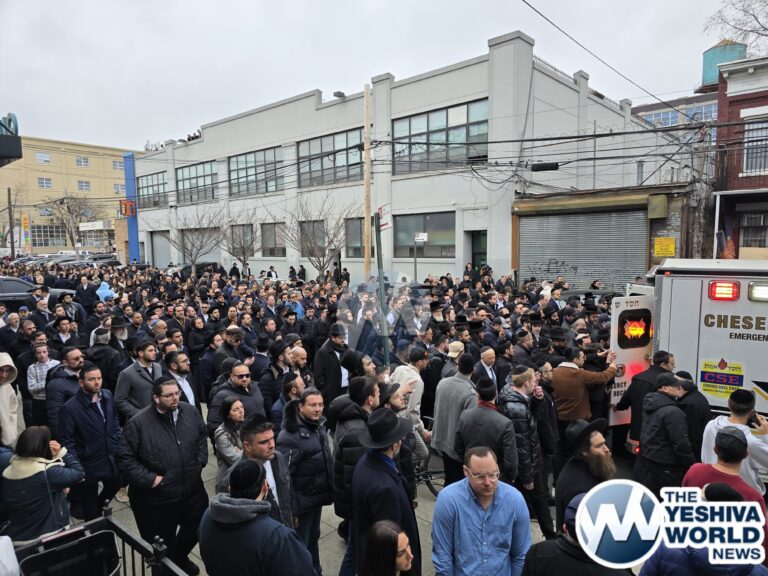


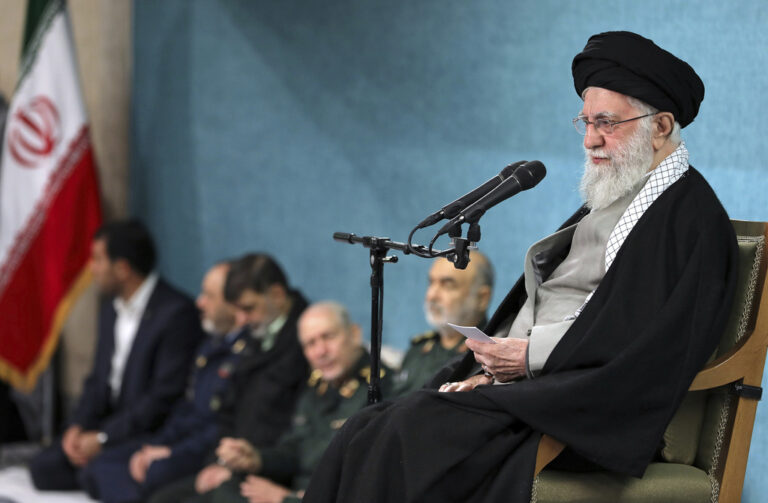
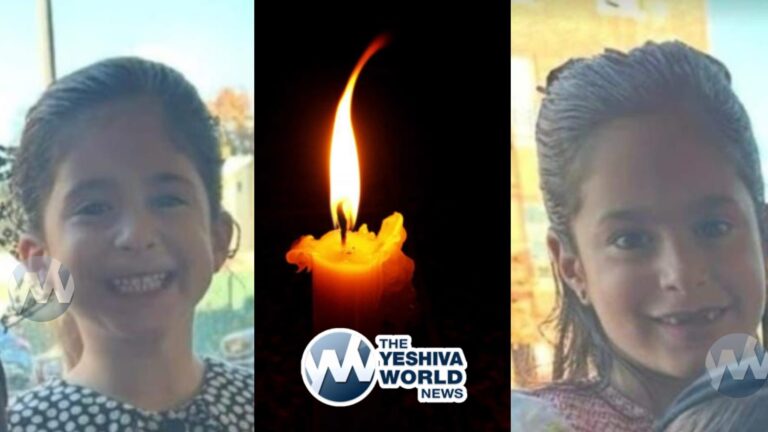
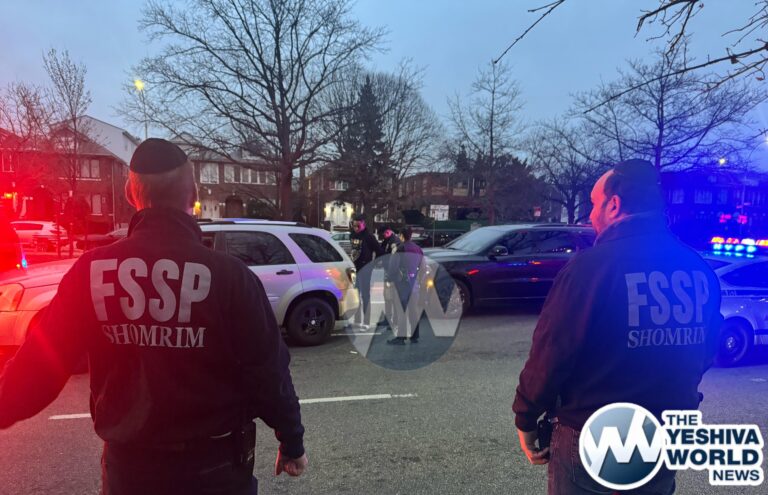

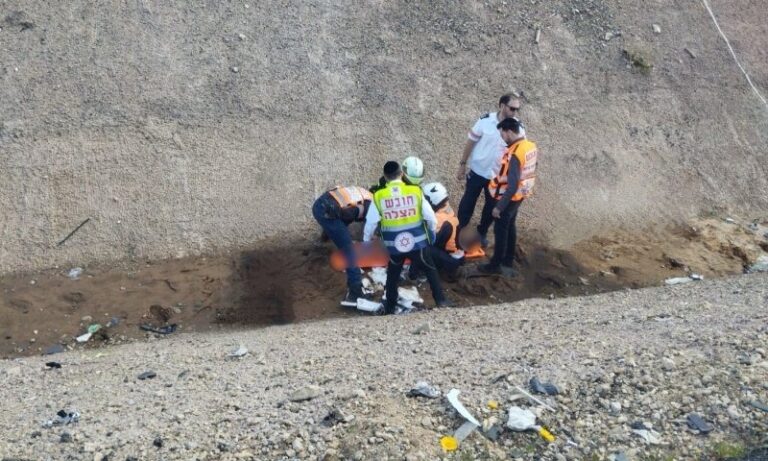
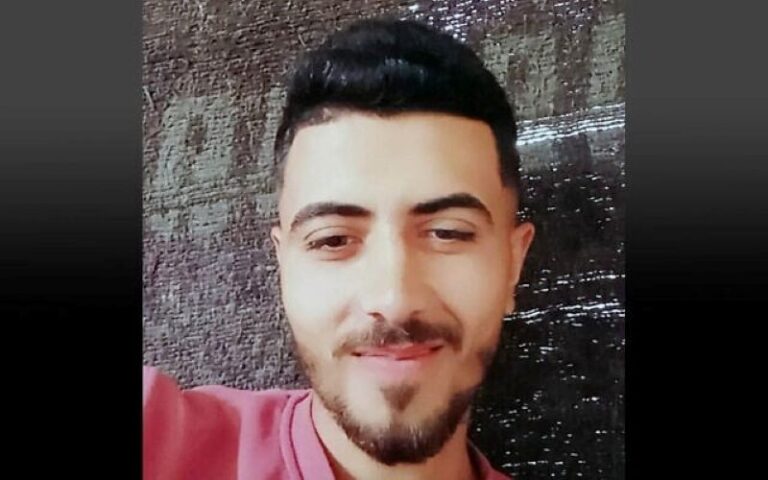
9 Responses
Plead read the book “Holy Brother”, a collection of stories about Reb Shlomo Carlebach. There is a personal account there from the Rebbetzin which she clearly says if it were not for Reb Shlomo, there would be no Hineni movement today. Its a beautiful heartwarming story….
I had the zechus of meeting Rebetzin Yungreis. She looks right through a person.She is probably the second most influential Jewish woman in the last 150 years.( Sarah Shneer)
Her legacy is included with the Chabad Rebbe, Rabbi Noach Weinberg. Her impact was universal.
The Kiruv movement owes her debt of gratitute for laying down the path for Ba’alei Teshuva.
If you are on Bein hazman , pick up one of her books, and you will see gadlus…why not.
“Her legacy is included with the Chabad Rebbe, Rabbi Noach Weinberg.”
Actually, Rabbi Noach Weinberg was not a Chabad rabbi.
“The Jungreis family was deported. In the concentration camp of Bergen-Belsen, Rabbi Jungreis somehow was able to procure a shofar.”
How does this jive with the following Wikipedia account:
Abraham Jungreis was deported with other Jews from Szeged in a cattle car bound for Auschwitz. However a relative who worked for Rudolph Kastner’s office arranged that when the train from Szeged passed through Budapest the cattle car was opened and the entire Jungreis family was transferred onto the so-called Kastner train to Switzerland.”
She must have been 8 years old at the time.
Punctuation error… I meant her legacy is up there along side Rabbi Noach Weinberg, AND the Chabad Rebbe…
Cherrybim:
The Wikipedia account (like so much else found on Wikipedia) is incorrect. Rebbitzen Jungreis’s family survived Bergen-Belsen.
Cherrybim I am not sure why I’m bothering to respond to your nit picking but if you had bothered to read about the kastner train you would discover that the passengers were interned in a special section of Bergen Belsen before they were eventually released to travel on to Switzerland. You owe the esteemed author of the article an apology.
“eventually released to travel on to Switzerland”
No apology required. Do the math.
Ask any Holocaust survivor, if an entire family remaining intact including small children, if these are survivors? Don’t disrespect the Holocaust survivors who suffered in the camps or those who were hidden in holes and feared for their lives daily.
From Wikipedia:
During the summer of 1944, Kastner repeatedly met with Adolf Eichmann, who was in charge of deporting Hungary’s 800,000-strong Jewish community to Auschwitz in occupied Poland. They reached an agreement that some 1,685 Jews would be spared for a ransom of $1,000 per head.
Breaking his agreement, Eichmann had the passengers on the train sent to Belsen concentration camp. But in the end the passengers were saved by being transported to neutral Switzerland in two contingents, in August and December 1944 respectively. They included the Rabbi Joel Teitelbaum,
A ruling in 1955 that Kastner had, in the words of Judge Benjamin Halevy, “sold his soul to the devil”. By saving the Jews on the Kastner train, while failing to warn others that their “resettlement” was in fact deportation to the gas chambers, Kastner had sacrificed the mass of Jewry for a chosen few, the judge said. The verdict triggered the fall of the Israeli Cabinet.
Baruch Dayan Emet.